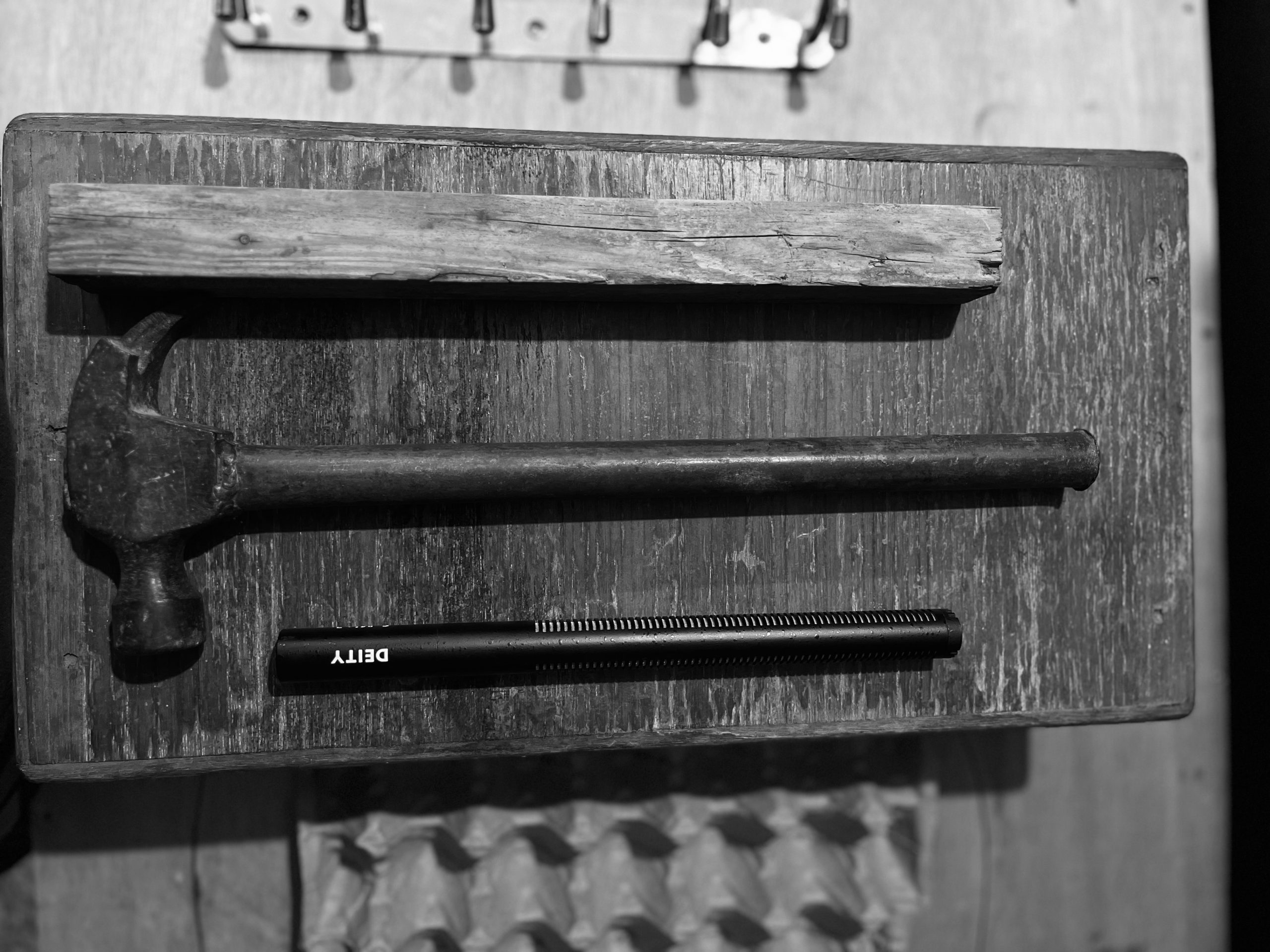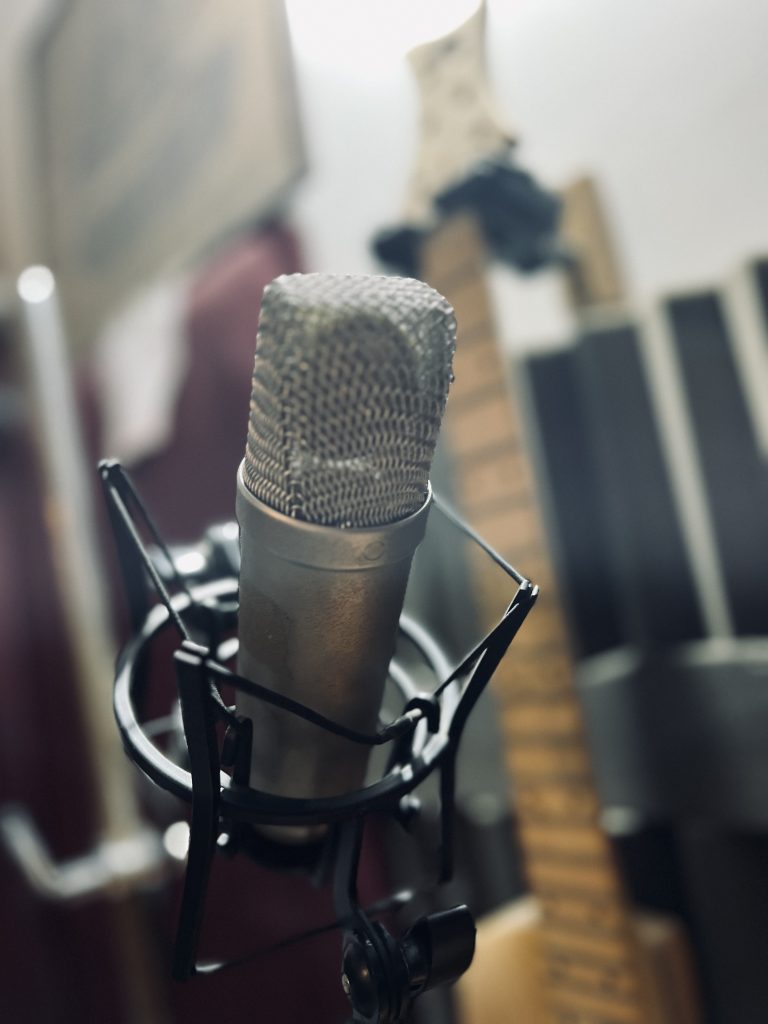Crafting Sounds With Love : Junk Drawer Audio Design

When I embarked on my game audio journey, I was eager to quickly produce high-quality work. My primary tool for achieving this was audio libraries. However, while these libraries did what they said on the tin, I realized that my reliance on them prevented me from acquiring some essential audio design skills.
Everything Tells a Story Even Audio Design
Two of the most important things I learnt on my first project weren’t technical as much as they were creative.
My original approach
- I aimed for the game to have high-quality sound (obviously), but I didn’t take the time to define what that actually meant. “High-quality” isn’t a practical benchmark when designing, as it can be subjective and context-dependent.
- I primarily used libraries sounds that were rich, full and individually impressive. However, these sounds often overwhelmed the overall context, which led to several revisions.
The problem I later realized was that it’s usually only the visuals that were informing my work which is fine most of the time. But if you’re looking to draw inspiration from other aspects of game design and narrative it helps to setup a wider foundation for your process.
Everything tells a story, yes, even sound effects.
The Player Experience
Over time, I realized that there are some useful questions to ask myself when starting a project.
“How do I want the player to feel when they hear something?”
“What do players typically expect from this genre?”
“How often will a player hear a sound”
“Realistic or Stylized?”
“Where is this going to live on the frequency spectrum?”
“Pitched or non-pitched?”
I could ask myself many more questions, but you get the idea. Once I answer some of these, it becomes easier to create a shopping list of sounds and a design document outlining the audio pillars, references, and potential challenges.
At this point a library based approach starts falling apart for me. I get a lot more mileage out of sounds recorded myself, not to mention plenty of variations. Mundane household objects, can be turned into cool sounds with a little creative signal processing. A piece of wood and a Nerf gun become a crossbow, A screwdriver and a piece of metal become sword scrapes, and paper bags and cardboard can pretty much be anything. Providing a consistent source palette aside, this process is just loads of fun.
Audio Design & The Joys of Recording
I don’t have a large mic locker. I use a Diety S-Mic 2 and a Rode NT-1A running into an Audient iD14. I’ve got my eye on a pair of pencil condensers and some contact mics, but I’m getting plenty done with what I already have. I have the added advantage of working in quiet and treated room, which is more important than a lot of recording gear to me.


I still use library sounds as layers and for sources I cannot record myself, Like er….. a lion for example. Still, about 80-90% of everything I make nowadays comes from my own sources or synths.
This workflow makes me want to put a lot more emphasis on the design part of being a sound designer. I’m a lot more curious about the what, where, why and when of game design. I have more game elements inform my work than the visual, and I never run out of source material
I’ll leave you with a few different whooshes I designed using paper. The sources are recorded being crushed or handled then processed through various plugin chains, and finally Whoosh by Tonstrum.

